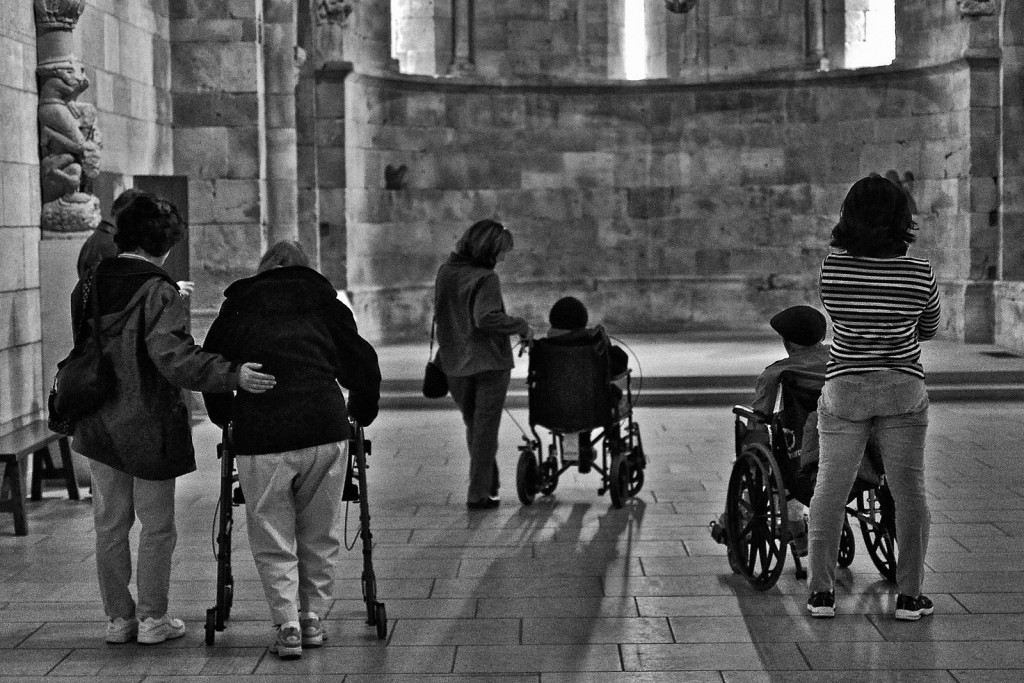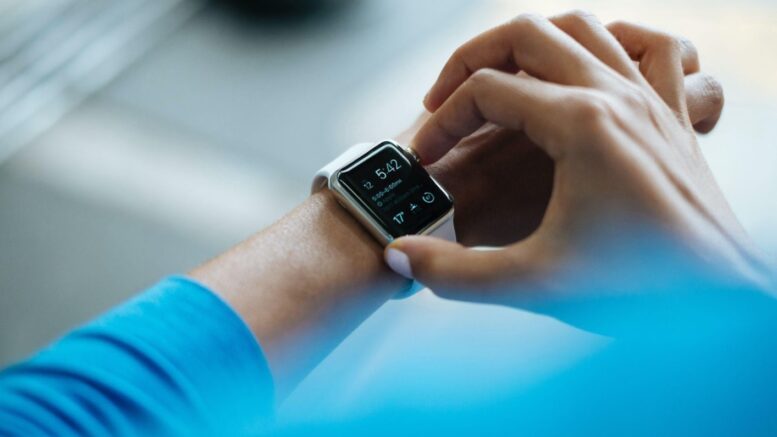According to the Bureau of Labor Statistics, almost 2.7 million nonfatal workplace injuries and illnesses were reported by private industry employers in 2020. While many of these were minor scrapes and bruises, and a large number were Covid-19-related, almost 786,320 were not, and were serious enough to require days off from work to recover.
Research shows that wearing personal safety devices can help prevent many of these accidents from happening in the first place or minimize the severity of injuries. Here are some examples of jobs where personal safety devices are particularly important.
1. Construction Sites
Working on a construction site is fraught with potential hazards. From operating heavy machinery to working with poisonous chemicals, there are many ways that an accident can happen.
Personal safety devices can help workers quickly summon help in an emergency.
Construction sites can be large and spread out, making it difficult for workers to get help quickly if they need it. Personal safety devices can help overcome this obstacle by providing workers with a way to communicate their location to their contacts and to emergency responders.
That’s why it’s so important for construction workers to wear personal safety devices at all times. These devices can help to protect workers in the event of an accident and can also provide peace of mind for their loved ones at home.
2. Hospitals
Hospitals can be dangerous places for both patients and staff. However, personal safety devices can help to protect against violence, falls, and other accidents.
Personal safety devices can provide two-way communication between patients and hospital staff, resolving patient issues such as slips and falls, calls for lift assists, looking for missing patients, and more before they become serious accidents.
Additionally, panic buttons can immediately notify security in the event of a violent patient or staff member, active shooter, or other emergency situation. It’s a quick and fast way to get the help you need as quickly and efficiently as possible.
3. Long-Term Care Facilities
Long-term care facilities can present many dangers for residents and staff. Personal safety devices can help to prevent falls, assaults, and other accidents. These devices are essential for staff and residents at risk for falls or other injuries.
Caregivers in long-term care facilities often deal with agitated or aggressive patients who may become physically violent. While most patients are not deliberately abusive, some may lash out due to dementia or other mental illness.

To protect themselves from harm, caregivers in long-term care facilities typically wear personal alarm systems that they can activate if they feel threatened or need assistance. In addition, long-term care facilities usually have security personnel on staff so that caregivers can quickly get help if they need it.
Also, like in hospitals, there are situations where patients can come up missing, and caregivers need to find them quickly. Many personal safety devices come with GPS tracking, which can help caregivers locate a missing patient within the facility quickly and easily.
4. Colleges and Universities
Colleges and universities are good places for wearable alarm systems and personal panic buttons because they are a place where people are often away from their homes and families. Students and staff at universities can feel safer knowing that they have a way to summon help quickly if they need it.
Many colleges and universities have campus security personnel who can respond to emergencies quickly. But in some cases, the campus security personnel may not be able to reach the person in need in time. That’s why it’s important for students and staff to have access to personal alarm systems that they can activate if they feel unsafe or threatened.
However qualified and capable security personnel may be on college campuses, their ability to handle and respond to issues is improved with the use of technology, including personal safety devices. The speed with which these devices can summon help can be the difference between a minor incident and a major tragedy.
Personal alarm systems can also provide peace of mind for students and staff working late on campus or walking home alone at night. By having a wearable alarm system, they know that they have a way to get help if they need it.
5. Mines
Mines can be extremely dangerous places to work, with the risk of collapse, flooding, and gas explosions. Wearable personal safety devices can help to protect miners from these dangers and others, such as the risk of being struck by falling objects.
Personal panic buttons and wearable safety devices with GPS and alarms can help employees working in a mine by providing them with a way to summon help quickly in the event of an emergency. In addition, these devices can connect employees with security personnel or first responders who can help to get them out of the mine safely should a tragedy strike.
In addition, these devices can help protect employees from the many dangers in mines. For example, if a falling object strikes a miner, the device can alert security personnel so that they can come to the miner’s aid. Or, if there is a gas leak or explosion, the device can help to ensure that all miners are evacuated from the area quickly and safely.
6. Retail Stores
Retail stores aren’t typically a very dangerous places. However, when tragedy does strike, things can escalate quickly, turning these calm places into a place of great danger for employees and customers. However, personal safety devices can help to protect against violence, robbery, and other accidents.
While retail stores are generally safe places to work, there is always the potential for violence. In some cases, this violence may be directed at employees by angry or upset customers. In other cases, violence may be the result of a robbery attempt.
To help protect themselves from these dangers, employees in retail stores could wear personal alarm systems. These devices can be activated if a team member feels threatened or needs assistance. In addition, retail stores often have security personnel on staff who can respond quickly to any incidents.
Bottom Line
There are many places where personal safety devices can be worn to help protect individuals from violence, accidents, and other dangers. These devices can give people peace of mind knowing that they have a way to get help if they need it.
Each of these workplaces has unique dangers, but personal safety devices can help mitigate the risks in all of them. In some cases, these devices could even save a life.
